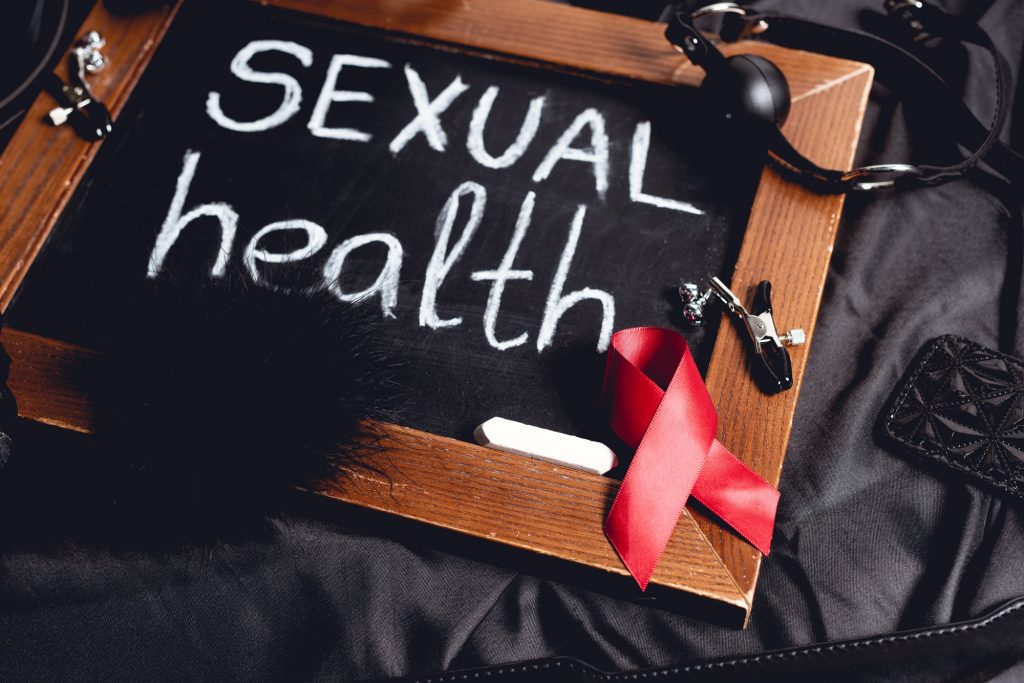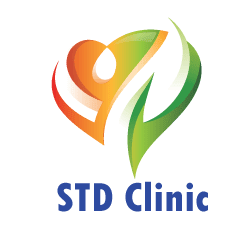Navigating Sexual Health: Understanding STDs in Today’s World

In today’s rapidly changing world, conversations around sexual health have become increasingly important, especially for the younger generation. Sexually transmitted diseases (STDs) are a prevalent concern, impacting individuals of all ages and backgrounds. Understanding STDs is crucial for maintaining overall well-being and making informed decisions about sexual activity.
Firstly, it’s essential to grasp the prevalence of STDs among young people. Despite advancements in medicine and education, STD rates remain alarmingly high among adolescents and young adults. Factors such as inconsistent condom use, multiple sexual partners, and lack of awareness contribute to the spread of these infections. By acknowledging the reality of STDs, individuals can take proactive steps to protect themselves and their partners.
Secondly, knowing the common types of STDs and their symptoms is key to early detection and treatment. From chlamydia and gonorrhea to herpes and HIV, there are various infections with distinct signs and risks. Educating oneself about these conditions empowers individuals to recognize potential symptoms, seek timely medical attention, and prevent further transmission to others.
Moreover, understanding the importance of regular testing cannot be overstated. Many STDs may not present noticeable symptoms initially, making testing the only reliable method for detection. Routine screenings, whether at a healthcare provider’s office or through at-home testing kits, are essential for maintaining sexual health and preventing the spread of infections within communities.
Furthermore, fostering open and honest communication about sexual health is crucial for reducing stigma and promoting responsible behavior. Young people should feel comfortable discussing STDs with their partners, healthcare providers, and peers without fear of judgment. Creating a supportive environment encourages individuals to seek information, access resources, and prioritize their sexual health.
Additionally, embracing comprehensive prevention strategies is paramount in the fight against STDs. Consistent and correct condom use, practicing monogamy or mutual STD testing in non-monogamous relationships, and getting vaccinated against certain infections like HPV are effective measures for reducing risk. Empowering individuals with knowledge and resources equips them to make informed choices that protect their health and well-being.
In conclusion, navigating sexual health in today’s world requires awareness, education, and proactive engagement. By understanding the prevalence of STDs, recognizing symptoms, prioritizing testing, fostering open communication, and embracing prevention strategies, young people can take control of their sexual health journey. Together, we can work towards a future where STDs are no longer a barrier to living fulfilling and healthy lives.
